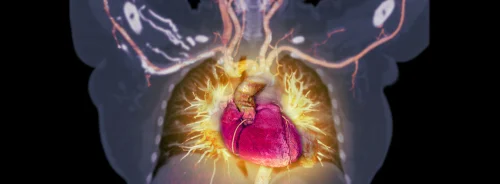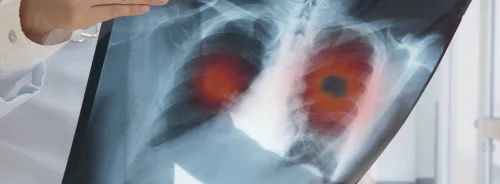High-grade astrocytic tumours, such as glioblastomas (GBM) and astrocytomas, are aggressive primary brain tumours originating from astrocytes or resembling astrocytic cells. These tumours are classified based on the presence of isocitrate dehydrogenase (IDH) mutations, with IDH-mutant tumours labelled as high-grade astrocytomas and IDH-wildtype tumours as glioblastomas, the latter being more aggressive and common. The standard treatment involves surgical resection followed by radiotherapy and chemotherapy. However, post-treatment imaging challenges arise in distinguishing between tumour progression (TP) and treatment-related abnormalities (TRA) using conventional MRI, necessitating advanced diagnostic methods.
The Challenge of Distinguishing TP and TRA
The differentiation between TP and TRA is crucial for determining the appropriate treatment approach. TP indicates the growth of residual tumour tissue or tumour recurrence, while TRA includes non-malignant phenomena such as radiation necrosis and pseudo-progression. Both conditions present as contrast-enhancing lesions on post-contrast T1-weighted MRI, often accompanied by similar clinical symptoms, making it difficult to distinguish them solely based on imaging. The gold standard for diagnosis remains histopathological biopsy, an invasive procedure with potential complications. An alternative non-invasive method is prolonged observation, which, however, delays definitive diagnosis and treatment.
The Role of Perfusion Weighted Imaging (PWI) and FTB Maps
Advanced MRI techniques, particularly Perfusion Weighted Imaging (PWI), have been explored to address these challenges. One commonly used PWI technique is Dynamic Susceptibility Contrast (DSC) imaging, which provides insights into the relative cerebral blood volume (rCBV) of lesions. A novel approach within PWI is the creation of Fractional Tumour Burden (FTB) maps, which categorise rCBV values into three classes: FTBlow, FTBmid, and FTBhigh. These maps offer a comprehensive overview of tumour heterogeneity, assisting in differentiating between TP and TRA. FTB maps have shown high diagnostic accuracy, potentially guiding clinical decision-making by reducing operator variability and standardising post-processing across institutions.
Clinical Feasibility and Benefits of FTB Maps
A recent multi-reader study assessed the clinical feasibility of FTB maps, focusing on their diagnostic accuracy, time efficiency, and impact on reader confidence. The study included 30 post-treatment patients with high-grade astrocytomas and GBMs, comparing traditional MRI assessments with FTB map-enhanced evaluations. The results demonstrated that while FTB maps significantly increased diagnostic confidence among radiologists, they did not significantly improve diagnostic accuracy or inter-reader agreement. However, FTB maps provided a more detailed view of tumour heterogeneity, which could be beneficial in complex cases involving multiple lesions or mixed TRA and TP presentations.
Integrating FTB maps in clinical practice offers a promising non-invasive tool for enhancing the assessment of high-grade astrocytomas and glioblastomas. While current studies highlight improvements in diagnostic confidence, further research is necessary to establish the clinical relevance and cost-effectiveness of FTB maps in routine diagnostic workflows. The standardisation provided by FTB maps may also facilitate better inter-centre comparability of PWI data, ultimately contributing to more consistent and accurate diagnoses across different healthcare settings. As technology advances, refining the use of FTB maps could potentially lead to improved patient outcomes by enabling more precise treatment decisions in managing aggressive brain tumours.
Source Credit: European Journal of Radiology
Image Credit: iStock






